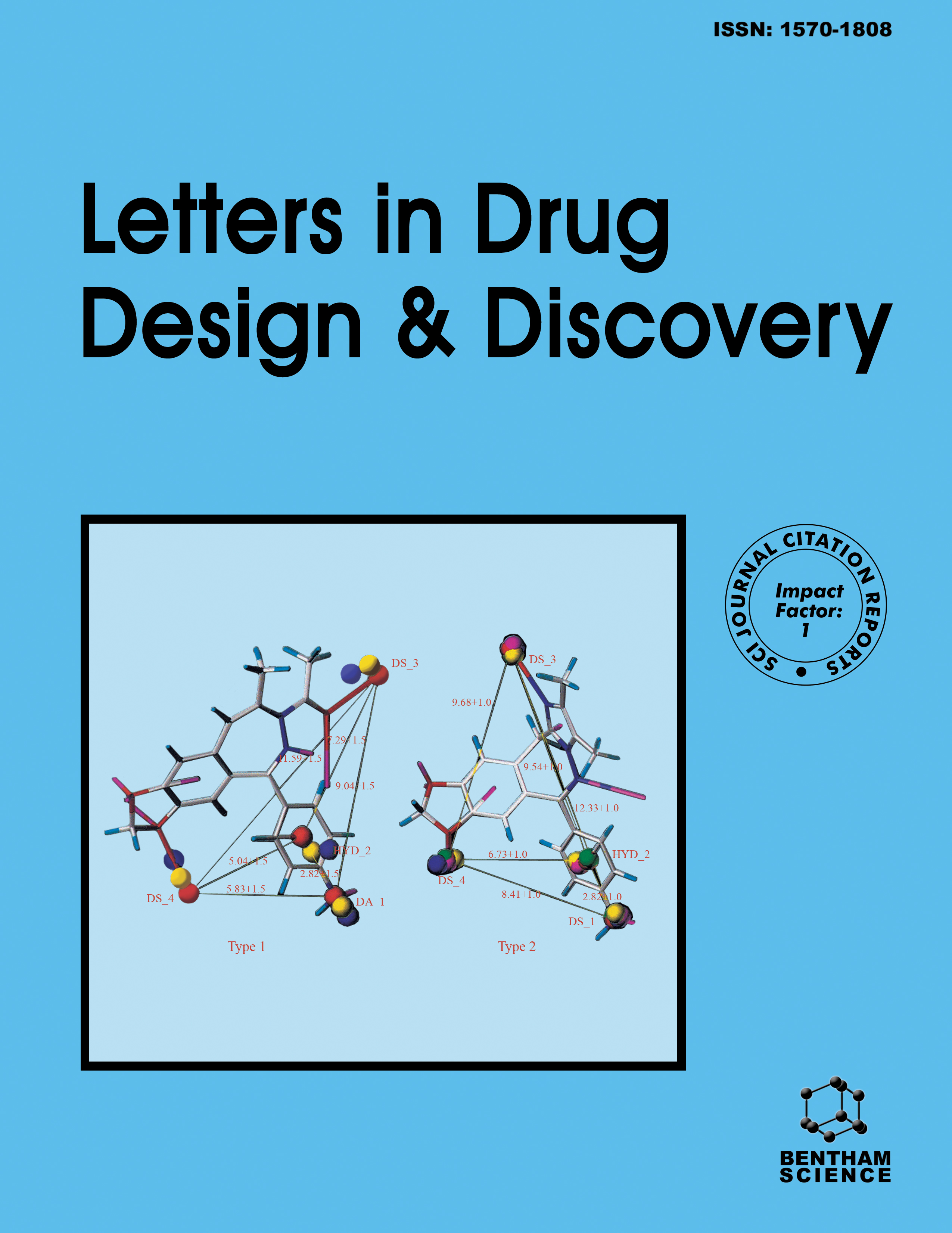
Full text loading...
We use cookies to track usage and preferences.I Understand
The prevalence of cancer in developing nations is a significant issue of concern. As a result of diverse global influences, this condition has surpassed coronary ailments to become the foremost cause of mortality. The role of PKM2 (Muscle Pyruvate Kinase 2) has garnered significant interest in the quest for agents in cancer progression. Flavonoids exhibit promise as a framework for the advancement of chemotherapeutic agents targeting cancer.
The principal aim of the present in silico investigation was to ascertain flavonoids as potential anticancer agents capable of inhibiting the PKM2 enzyme.
The preferred ligand molecules were docked to the human PKM2 enzyme using a computational molecular docking simulation technique to determine their affinity for the same enzyme. The molecular docking simulation was carried out using the AutoDock Vina software.
The chosen flavonoid docked well with the PKM2 enzyme, suggesting it may stimulate autophagy, hence acting as an anticancer agent.
In in silico studies, the chosen flavonoids showed a strong binding affinity, indicating that all of them impede the human PKM2 enzyme and have the potential to be used as cancer treatment alternatives.

Article metrics loading...

Full text loading...
References


Data & Media loading...

